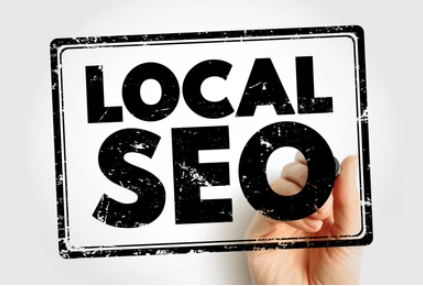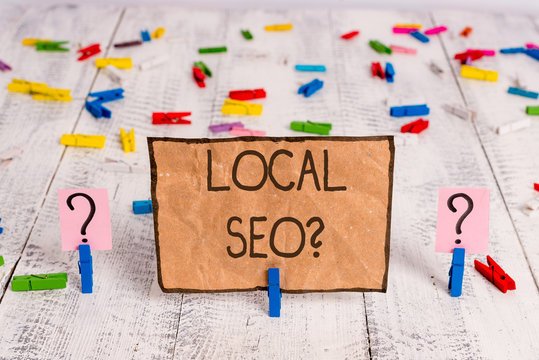If you’re investing in Local SEO Services, understanding the numbers behind your efforts is just as crucial as executing the strategy itself. You can’t optimize what you don’t measure — and that’s where local SEO analytics come into play. Think of it as reading a map: if you know where you are and where your target is, you can chart the most efficient path. Local SEO analytics give you this insight, helping you understand how local consumers find your business and what actions they take afterward.
Why Local SEO Analytics Matter to You
When you’re focused on attracting local consumers, every click, call, and direction request matters. Unlike broad SEO campaigns, local strategies are designed to connect you with nearby customers who are often ready to make a purchase. But without proper analytics, you’re essentially flying blind.
Local SEO analytics help you answer key questions:
- How do users discover your business online?
- Which keywords are driving traffic?
- Which listings are performing best?
- Are your efforts converting into real-world actions, like phone calls or visits?
By tracking the right data, you can fine-tune your strategy and make better marketing decisions, rather than guessing what works.
Key Metrics You Should Track
-
Google Business Profile (GBP) Insights
Your GBP (formerly Google My Business) is a goldmine of information. You can see how many local consumers are viewing your profile, how they found you via search or maps, and what actions they took — such as calling your business, clicking on your website, or requesting directions. These metrics help you evaluate whether your profile is optimized and if your Local SEO Services are delivering tangible results.
-
Local Keyword Rankings
Local SEO relies heavily on location-specific keywords. Track how your site ranks for terms like “coffee shop near me” or “plumber in [Your City]” to understand your visibility in local searches. You’ll want to monitor changes over time and see how your rankings compare to competitors.
-
Website Traffic from Local Sources
Use tools like Google Analytics to break down traffic by location. Are most of your website visitors from your targeted local area? Are they finding you through organic search, referrals, or social media? This kind of data tells you whether your content is reaching the right audience — the local consumer you aim to convert.
-
Click-Through Rate (CTR) in Local Search Results
Even if your business appears in search results, it’s the clicks that count. A high CTR often means your listing is relevant and attractive. If you have a low CTR, you might need to update your meta descriptions, page titles, or GBP details to make them more compelling.
-
Conversion Actions
Ultimately, it’s about results. Are local consumers calling your business, booking appointments, or purchasing products? Set up conversion tracking to follow the customer journey from initial search to final action. This will help you identify which local SEO efforts are delivering the most ROI.
How to Use These Insights to Improve
Once you’ve collected your data, the real magic happens in the analysis. You might notice, for example, that your listing views are high, but calls are low. That could indicate your contact info isn’t easily accessible, or perhaps your call-to-action isn’t convincing enough. Maybe you’re ranking well for one set of keywords, but not the ones most relevant to your services. In that case, it’s time to tweak your content or titles accordingly.
If you’re working with a provider of Local SEO Services, share these insights with them. A collaborative, data-driven approach ensures your strategy evolves based on evidence, not assumptions.
Tools to Help You Read the Map
Several tools can make tracking and interpreting local SEO analytics easier:
- Google Analytics 4 – Offers detailed behavior and location data.
- Google Business Profile Insights – Focuses on local listing interactions.
- BrightLocal – A specialized tool for local SEO audits, tracking, and reporting.
- Moz Local – Helps monitor your online presence across multiple platforms.
- SEMrush or Ahrefs – Useful for keyword tracking and competitor analysis.
Choose the tools that match your goals and your level of experience. Even basic insights can go a long way in helping you steer your local SEO ship in the right direction.
Final Thoughts
You wouldn’t take a road trip without a map — and you shouldn’t navigate your local marketing without SEO analytics. Whether you’re managing your strategy in-house or working with professionals offering Local SEO Services, understanding your data empowers you to drive meaningful results.
By reading the map carefully and consistently, you can ensure you’re not just showing up in searches — you’re showing up in the right ones, converting the right local consumers, and growing your business exactly where it matters most.




